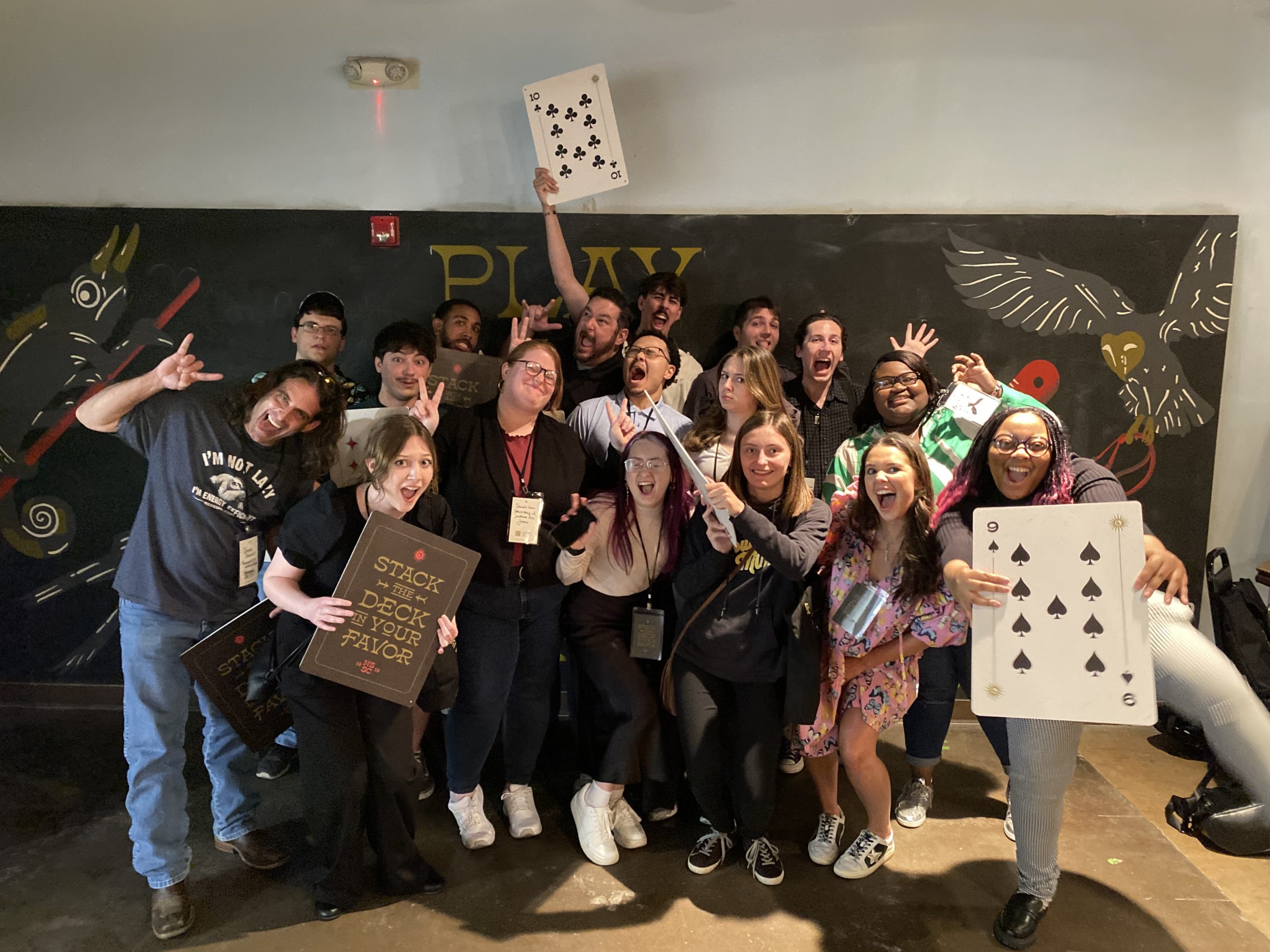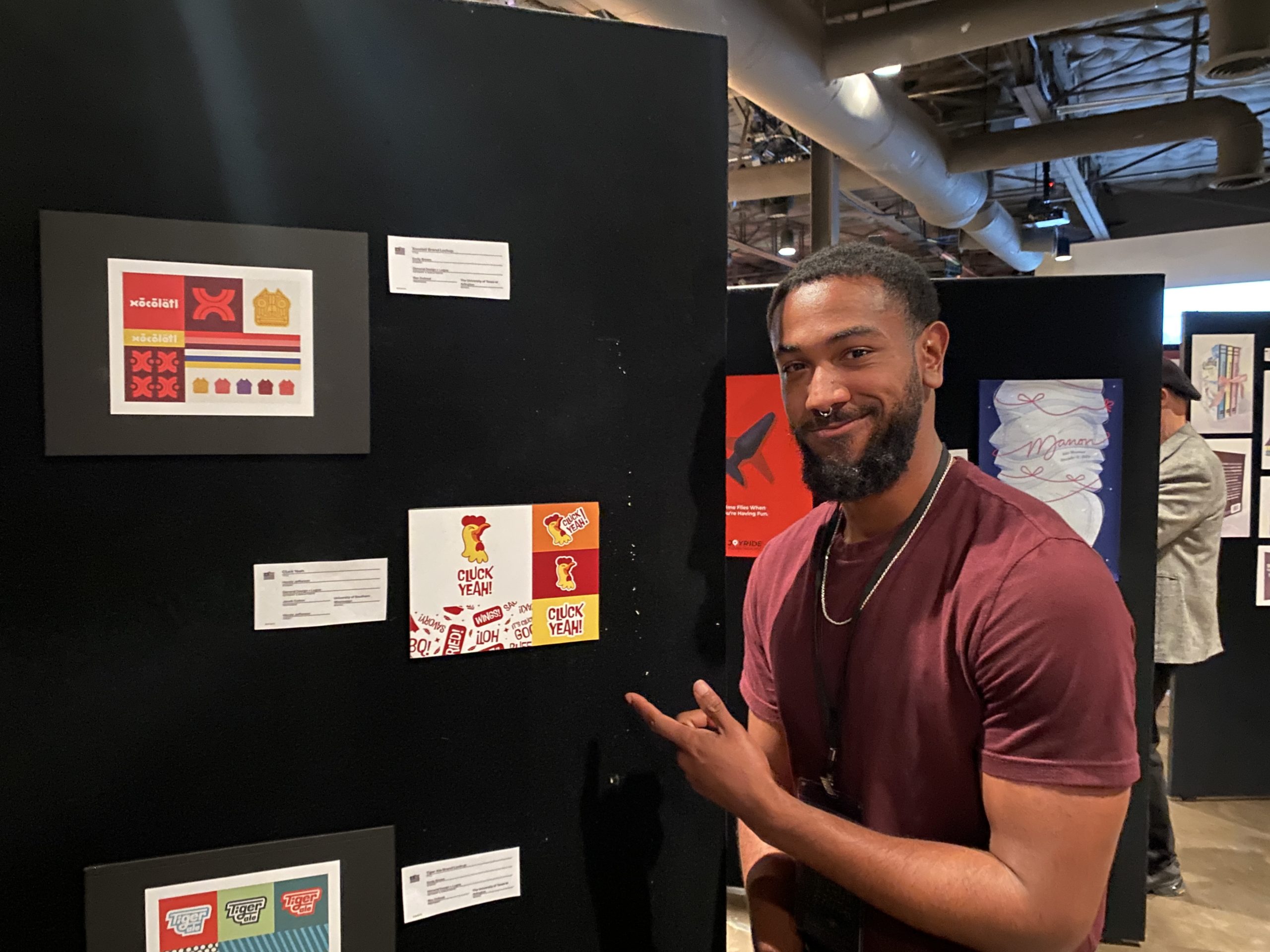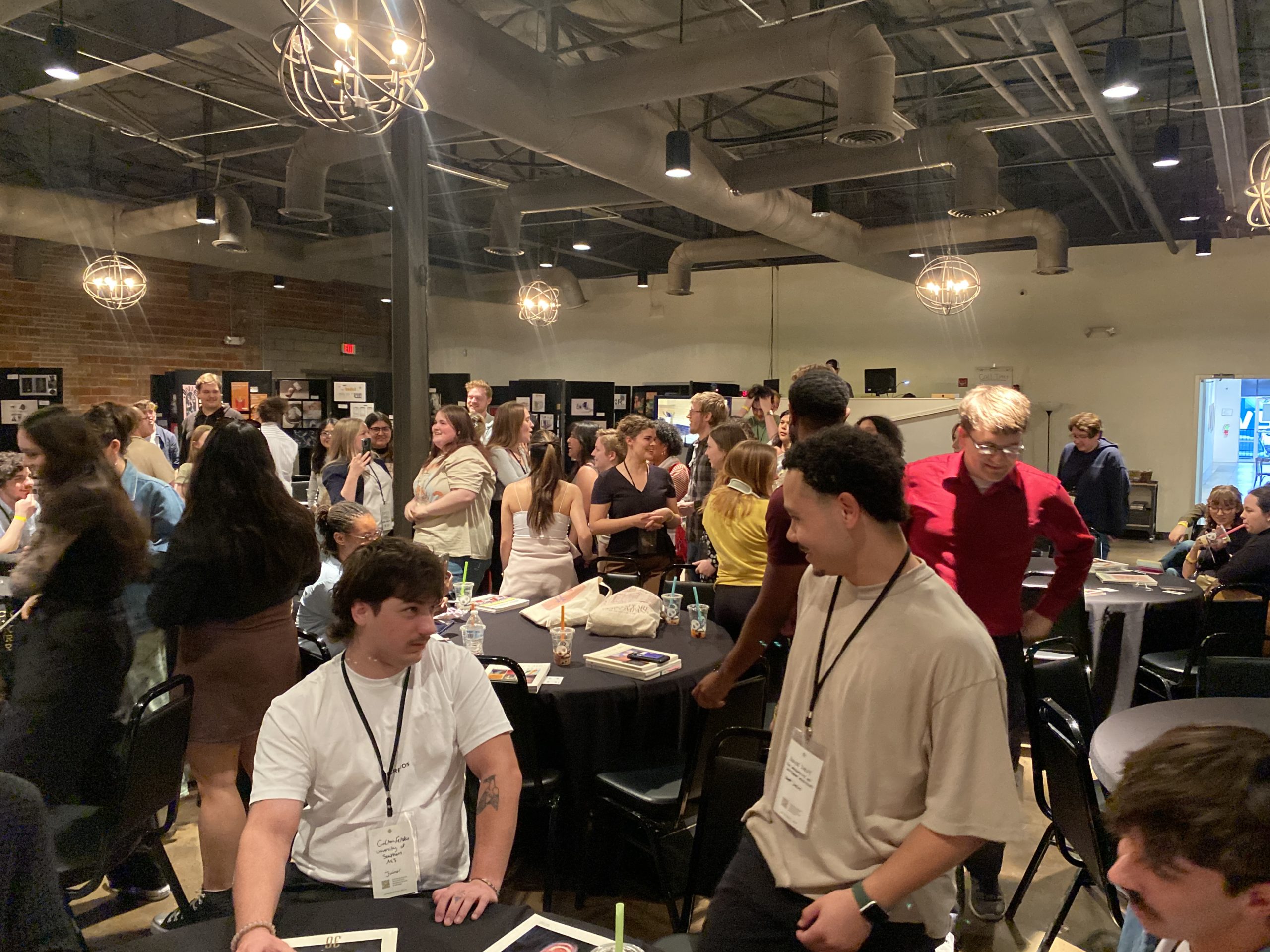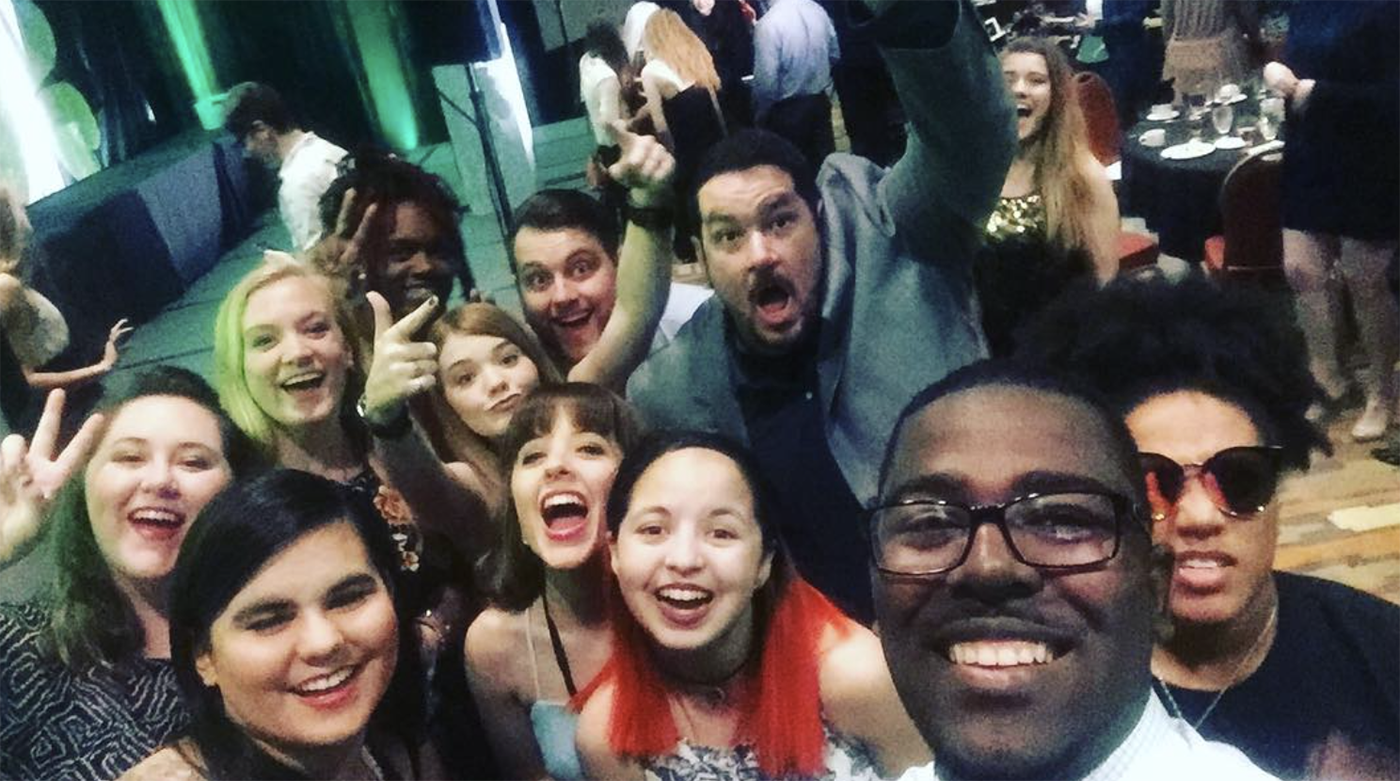Inspiration and motivation dominate my conversations with fellow designers and design educators these days. As a design educator, I frequently emphasize to my students the importance of breaking away from the computer to find genuine, and more importantly, unique, inspiration. In a world saturated with digital tools and images, it’s far too easy for design students to become ensnared in the labyrinth of search engines and social media, losing sight of the essence of impactful design: inspiration drawn from the world around us. It’s our responsibility, as design educators, to guide students away from the computer screen and toward design in the wild. Exposure to good design isn’t just a luxury, it’s a necessity for the growth and development of design students.
First and foremost, exposure to good design serves as a spark for both inspiration and motivation. Imagine an empty artboard devoid of any outside influence, not only would you be living in a nightmare, but you would also not want to keep moving forward. Good design, in all its forms (graphic, fashion, product, architecture) act as a catalyst for creativity. When students are exposed to good design, they not only gain insight into aesthetic principles but also learn to appreciate the thought process behind the application of them.
Exposure to good design also cultivates a discerning eye among design students. Design educators have been preaching for decades that design is not just about aesthetics; it’s about problem-solving through visual communication. By studying the work of design masters of the past and present, students learn to deconstruct complex visual solutions and understand the underlying principles that make them effective. They develop an appreciation for craftsmanship, attention to detail, and the thought that goes into every design decision. This critical eye serves as a guiding light throughout their journey as designers, enabling them to distinguish between good design and bad.
Historically, painters and sculptors would travel the world on grand pilgrimages to study the works of their contemporaries and the great masters who came before them. These journeys weren’t just about admiring beauty; they were profound learning experiences, shaping artistic styles and movements for generations to come. Similarly, for today’s design students, exposure to good design can serve as a modern-day pilgrimage. By immersing themselves in the diverse landscapes of design excellence, students gain invaluable insights into the principles and techniques that ground timeless creations. Just as the Renaissance masters drew inspiration from the classical art of antiquity, today’s designers can draw from a wealth of design heritage to inform their own practice.
Every spring semester I try to integrate this “pilgrimage” principle to my students through projects and travel. In the spring, I teach ART 441 Visual Communication, a course that each student in our program is required to take three times. Coinciding with ART 415 Design History, this semester marks their second time taking the course. It’s a unique opportunity to intertwine theory with practice, as we delve into the rich tapestry of design history while concurrently exploring modern-day applications. Throughout the semester, I weave in “style-studies” or modern-day “master studies” for my design students. These projects serve as a bridge between theory and practice, allowing students to not only learn about the techniques and styles of great designers but also how to apply them with their own creativity without plagiarizing or inappropriately appropriating.




Spring is also when the National Student Show and Conference (NSSC) sponsored by the Dallas Society of Visual Communications (DSVC) is held in Dallas, Texas. Attendance to this conference was a pivotal part to my own education as a student and has been a pivotal part of my career as an educator by providing invaluable networking opportunities and exposure to industry trends and best practices. It’s a chance for students to showcase their work on a national stage, gain feedback from industry professionals, and immerse themselves in a design community that until now they usually have no knowledge of or experience with. I always feel it is important to note that the NSSC is more than just a competition and showcase of work for students to see; it’s a place for workshops, panels, and talks led by top designers and industry leaders. It’s a chance for both students and educators to absorb fresh ideas and inspiration.




Just as artistic pilgrimages and master studies were once integral to the development of painters and sculptors, exposure to good design fosters a vibrant community of collaboration within the modern design education landscape. Much like the camaraderie found among artists on their journeys, students immersed in good design and good design experiences come together, sharing ideas and inspiration. By participating in this collective experience, they not only deepen their understanding of what makes good design but also cultivate a sense of belonging within the broader design community. Just as artists of old incorporated insights from various sources into their work, today’s designers blend ideas from different perspectives, leading to innovative solutions and a richer design culture. Events like the NSSC further reinforce this sense of community, providing opportunities for students to connect with industry leaders, exchange ideas, and forge lasting relationships that extend far beyond the confines of the classroom.
In closing, it’s evident that the impact of exposing design students to good design goes far beyond mere instruction, it’s about cultivating a mindset that seeks to transcend the digital landscape. Encouraging students to seek inspiration from the world around them is reminiscent of the age-old tradition of artistic exploration, where painters and sculptors embarked on journeys to study the works of their contemporaries and predecessors. By integrating projects like “style-studies” and “master studies” into a curriculum, students are provided with tangible experiences that echo these historical practices, cultivating a deeper understanding of what design principles and techniques make a solution work. Additionally, events like the NSSC serve as invaluable opportunities for students to immerse themselves in the broader design community, gaining exposure to industry trends and best practices. As educators, our role extends beyond the classroom; and with the help of the DSVC we can strive to create a supportive environment where students feel empowered to express their creativity and find their place in the broader design world.





Leave a Reply